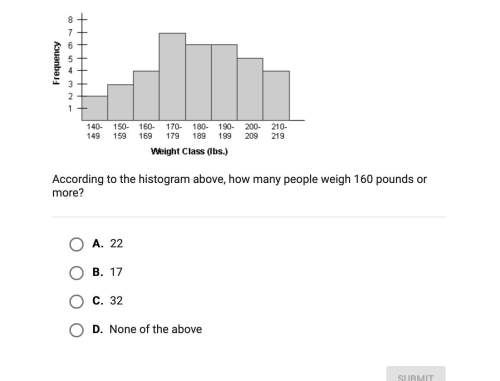
Mathematics, 10.01.2021 01:40 vallhernandez13
After the fourth month of a 12-month loan: the numerator is: {(n + ) + (n + ) + (n + ) + (n + )} = , and the denominator is: {(n) + (n + 1) + ... + (n + )} = . Therefore, the fraction is numerator/denominator (to the nearest tenth) =

Answers: 3


Another question on Mathematics

Mathematics, 21.06.2019 15:00
Naomi’s parents want to have 50,000, saved for her college education, if they invest 20000 today and earn 7% interest compound annually, about how long will it take them to save 50 thousand
Answers: 3

Mathematics, 21.06.2019 15:00
Which is the correct excel formula for the 80th percentile of a distribution that is n(475, 33)? =norm.dist(80,475,33,1) =norm.inv(0.80,475,33) =norm.s.inv((80-475)/33)?
Answers: 1


Mathematics, 22.06.2019 00:30
$5400 is? invested, part of it at 11? % and part of it at 8? %. for a certain? year, the total yield is ? $522.00. how much was invested at each? rate?
Answers: 1
You know the right answer?
After the fourth month of a 12-month loan: the numerator is: {(n + ) + (n + ) + (n + ) + (n + )} = ,...
Questions

Mathematics, 29.09.2020 06:01

Chemistry, 29.09.2020 06:01





History, 29.09.2020 06:01



Social Studies, 29.09.2020 06:01




History, 29.09.2020 06:01



Mathematics, 29.09.2020 06:01

Mathematics, 29.09.2020 06:01





